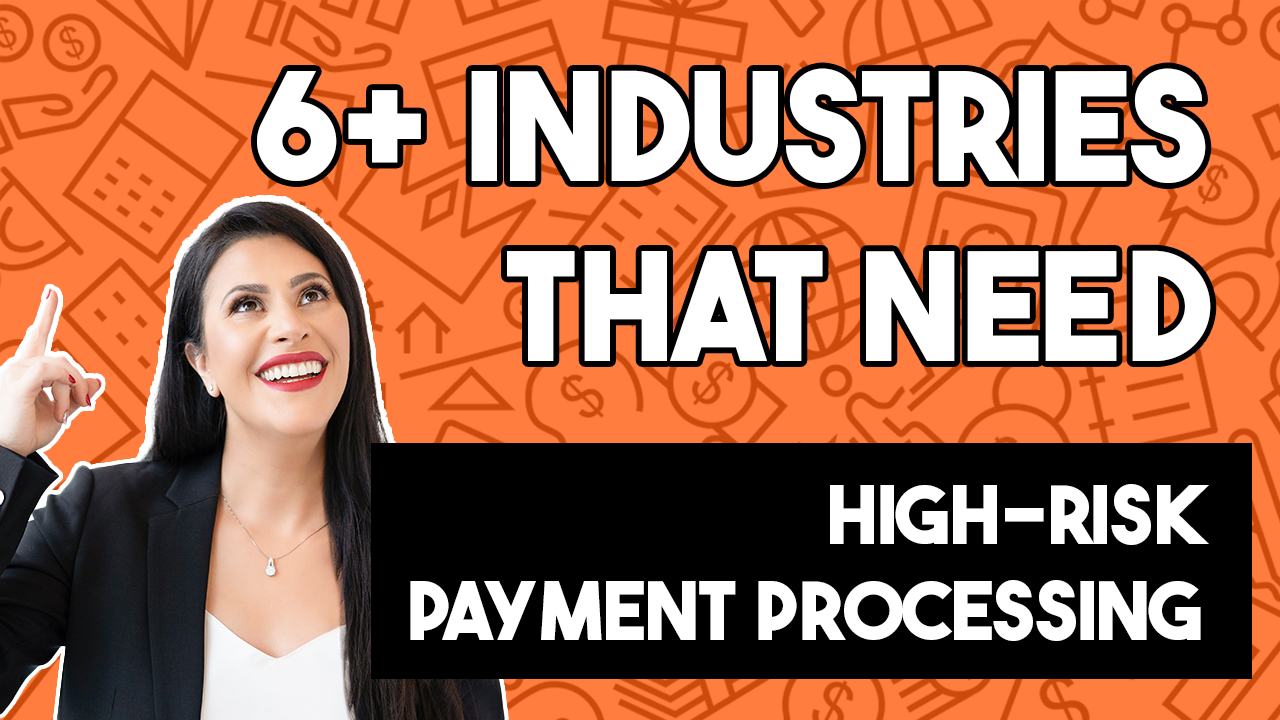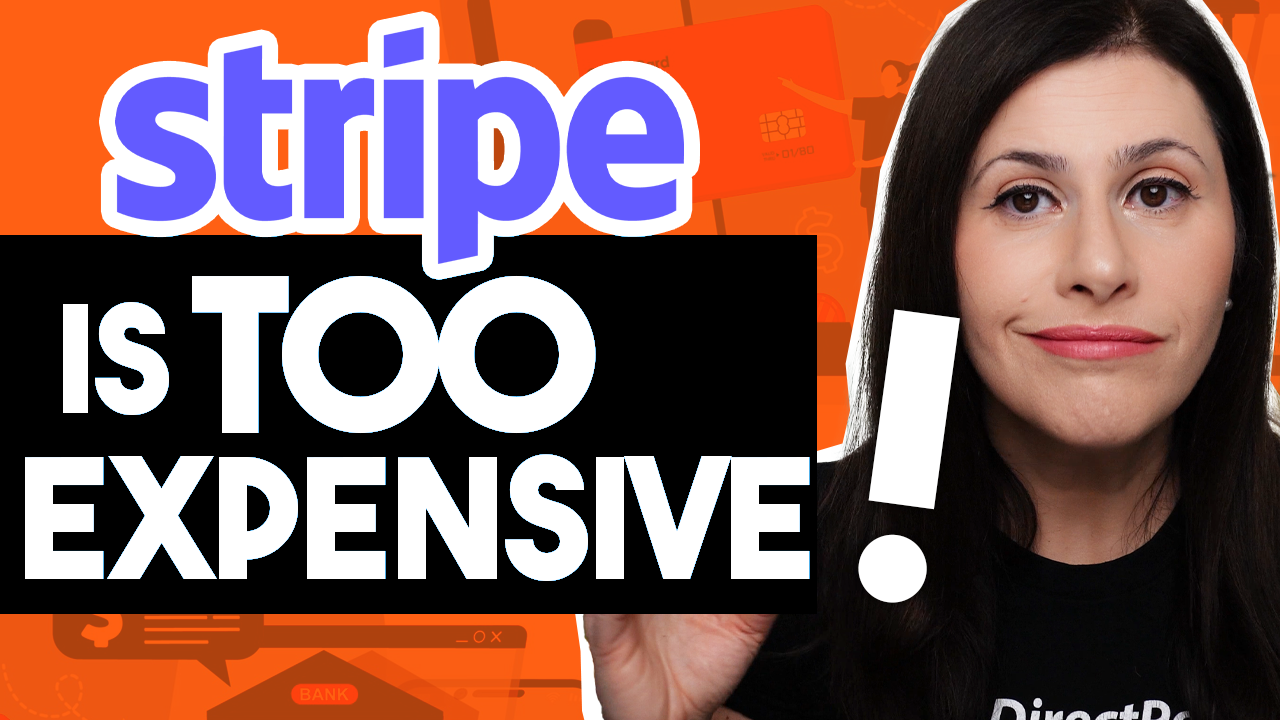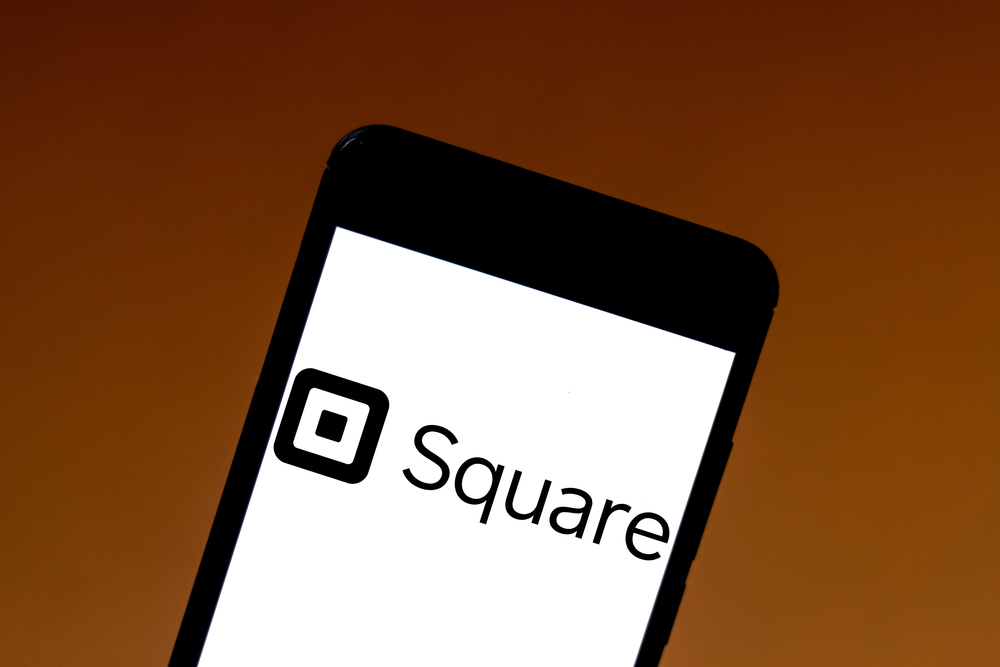Category: Payment Processing
-
These Industries REQUIRE High Risk Credit Card Processing
Not all businesses are treated equally by payment processors. High-risk businesses are subjected to stricter monitoring due to the higher risk of chargebacks and fraud. But not every merchant knows if they’re high risk or not. If your Stripe account was recently terminated or your merchant account application has been repeated denied, it’s because you…
Written by

-
Stripe Is Too Expensive! | Stripe Fees Breakdown + Alternatives
Imagine this: You’ve just started your online store and decided to use Stripe for payment processing. Fast forward a few months, and you’re excitedly checking your earnings only to find that (1) a significant chunk of your profits has vanished into thin air, OR (2) your shop is frozen! Stripe is no doubt one of…
Written by

-
Stripe vs Shopify Payments: Which One Is Best?
Seamless payment processing is a crucial element for every online business, whether it’s a burgeoning startup or a multinational corporation. Various platforms offer different features and experiences, making the choice of a payment gateway a significant decision for businesses of all sizes. Among the most popular and reputable platforms in the market are Stripe and…
Written by

-
Stripe Fees Are Killing Your International Business — Solution!
Between high rates, international credit card processing fees, and conversion fees, Stripe’s transaction fees might literally be killing your business. As an international seller, Stripe won’t allow you to set your default currency in the market you may sell in, which means you pay more for no reason. But there are solutions available that lead…
Written by

-
Square CBD Payment Processor Is Unsustainable — Avoid!
Even if it’s one of the biggest payment aggregators, Square is not the long term answer for selling CBD online. If you’re going to be selling CBD online, then you should read up on governance in your area, which we’ve outlined here. Ultimately, it’s up to you to decide which payment processor or aggregator is…
Written by
